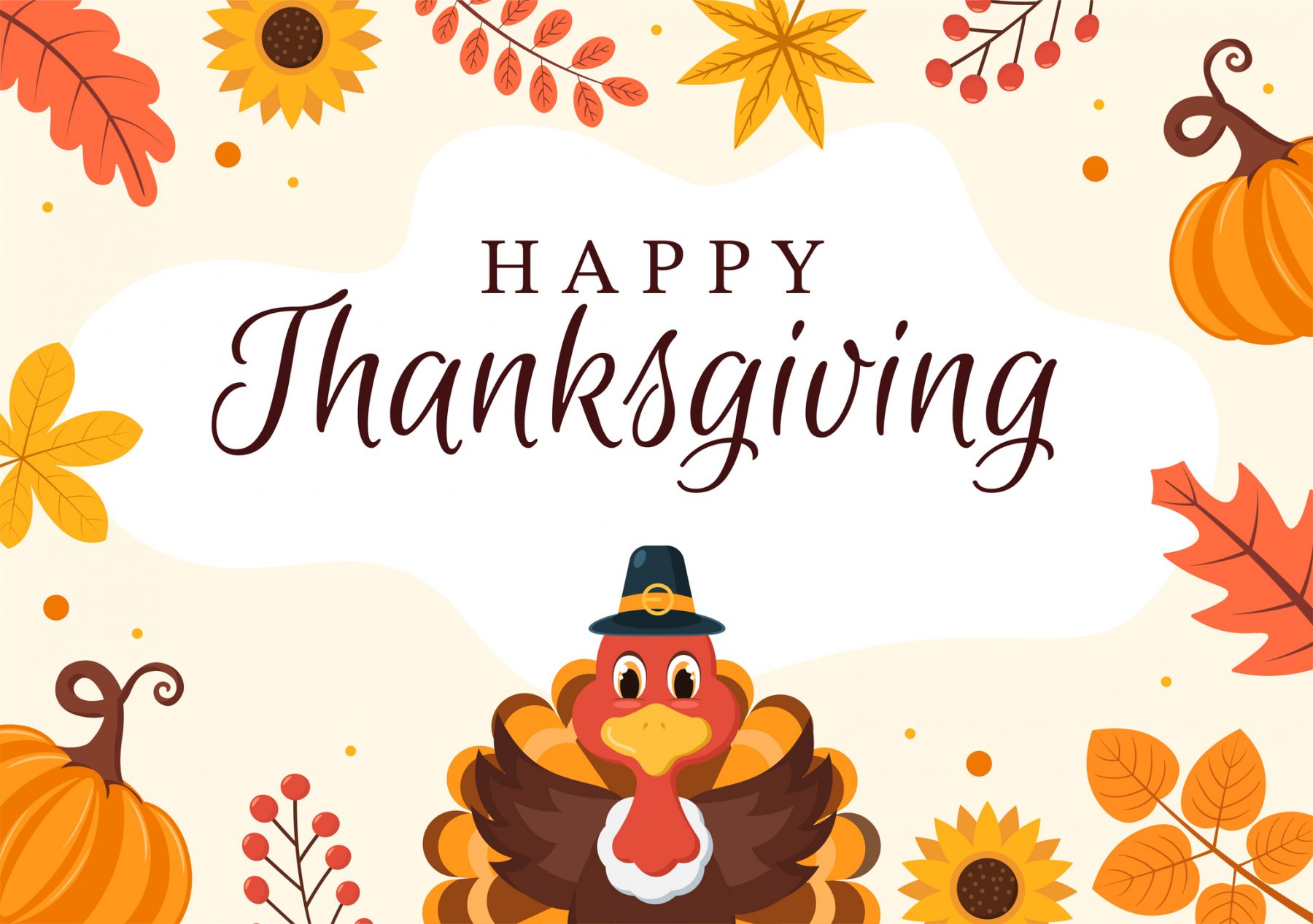WE WISH YOU AND YOUR FAMILY A HAPPY THANKSGIVING!

It is hard for investors to gauge the trend of future inflation because of conflicting economic reports and Fed speeches. Some Fed speakers make it sound like the battle against inflation has been won. Others say rates may have to go higher because the recent downward drift in inflation is only a head-fake. Rather than summarize all the fundamental factors that affect future inflation, we will look at projected monthly reports and see how quickly the Fed’s goal of 2% inflation can be achieved. Below is a table that makes different assumptions of constant month-over-month reports of the CPI and how soon we would achieve 2% year-over-year inflation, if ever. It is a quantitative analysis of potential paths of inflation:
|
CONSTANT MONTH-OVER-MONTH PRINTS OF THE CPI |
WHEN 2% YEAR-OVER-YEAR INFLATION IS ACHIEVED |
|
|
|
|
(0.1)% |
FEBRUARY 2024 |
|
0.0 |
MARCH 2024 |
|
0.1 |
JUNE 2024 |
|
0.2 |
DOESN’T GET THERE |
Source: Bespoke Investment Group
This morning’s October CPI print of 0.0% compares favorably to the consensus estimate of +0.1%. It shows more incremental progress in taming inflation and increases the likelihood the Fed is done raising rates.
HO! HO! HO! WHY HOLIDAY SPENDING IS KEY
HEADING INTO 2024
In our early October commentary, we pointed to the resiliency of the consumer for keeping our economy strong. However, we questioned the mood to spend in the future and called it a tipping point. Data since our article has been disappointing, including lower consumer confidence and slowing consumer spending. And last week, we got data from the NY Fed’s consumer credit report. It showed a sharp rise in newly delinquent loans. About 8% of credit card loans and over 7% of auto loans were reported as newly delinquent. For credit cards, this is double the low just above 4% in Q4 2021. You don’t typically see a sharp rise like this unless the consumer is struggling. This is rather ominous going into the holiday season. A dud of a holiday season would be disastrous for retailers. For economists, it would be a flashing yellow light about the direction of the economy.
The National Retail Federation remains somewhat optimistic about the holidays with a forecast of 3-4% growth this year, not including inflation. Bain Consulting’s estimate for holiday sales growth is at 1%, and that includes e-commerce. Others are even gloomier, with some economists and company forecasts at no growth. The clues most often given for how this season will unfold are lower railroad loads, high retailers’ inventory, fewer holiday job openings, and a stretched consumer.
The media tells us every year how crucial holiday sales are, whether or not it’s true. This year they may be right because we see it as absolutely crucial going into the new year. Most investors are expecting a slowdown in the economy, but will this season push us into a recession? It is too early to be that pessimistic but investors will be watching carefully. It will likely be a big determinant in stock price performance between now and the end of the year.
